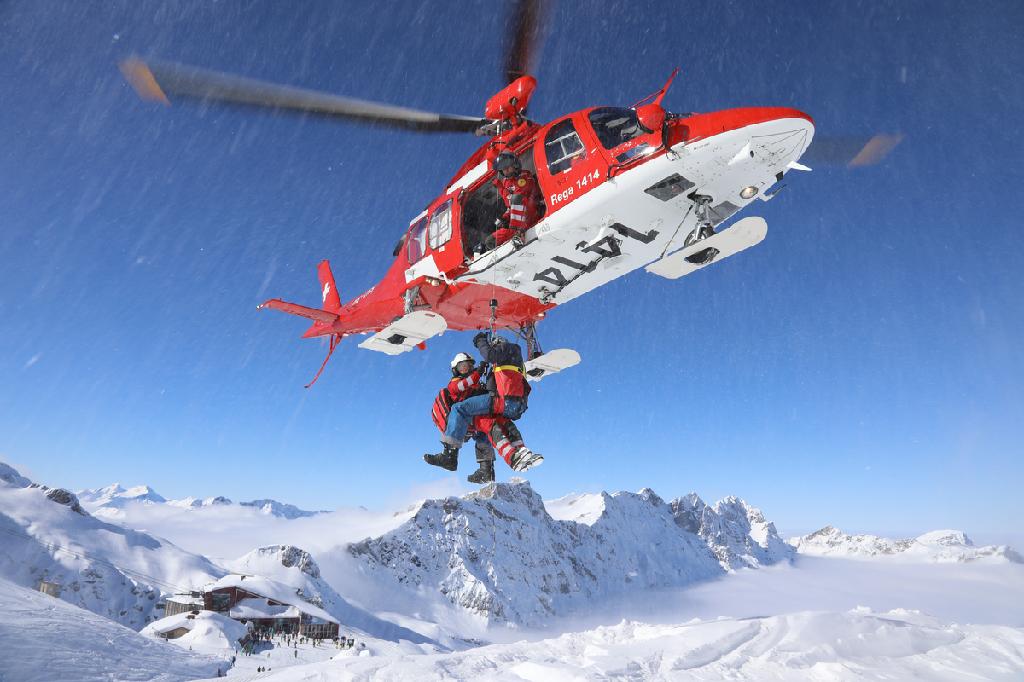Who Needs A Rescue?
Posted by Jeremy Windsor on Jul 8, 2022
In the 12 years between 2009 and 2020, the Swiss Alpine Club Registry documented 4687 high altitude emergencies. Given that the vast majority took place in the months of July and August, this averaged out at no fewer than 7 per day. What caused them? A recent study gives us the answers...
What do you think is the leading cause of a high altitude emergency in the Swiss Alps? Injury? Illness? It's neither. The commonest cause of a high altitude emergency is being stranded - 42% of those who contacted the Swiss mountain rescue services between 2009 and 2020 were unable to reach a place of safety and as a result, requested help. Were they injured or ill? No, most were unharmed. The commonest reason for getting stranded was exhaustion (60%). In a small number of cases, the weather made a contribution, with fresh snow, thunderstorms and fog all featuring.
More than half (55%) of those stranded were located on mountains over 4000m. The two most common peaks were the Matterhorn (21%) and Piz Bernina (13%).
In addition to those stranded, 6% contacted the rescue services because they were lost. Presumably, they were uninjured too.

The mean NACA score of stranded mountaineers in this study was 0.32. Putting this in context, a NACA score of 0 is, "no injury or illness", whilst a score of 1 is, "minor disturbance - no medical intervention required"
The second most common reason for contacting the Swiss mountain rescue services was following a fall (29%). However it's not clear from the study what injuries were sustained. A NACA score was not available. High altitude emergencies were also triggered by rockslide (6%), crevasse (4%) and avalanche (1%). Unfortunately, neither a pattern of injuries nor NACA scores were available for these groups either.
Illness accounted for 8% of high altitude emergencies. Whilst details of these illnesses were not described, earlier research would suggest that a number of different conditions were responsible. These would include - high altitude illness, acute infection and exacerbations of chronic disease.
What should we make of these results? Benedikt Gassner, the author of the study, argues that they need to be seen in a wider contect. Before the pandemic, the number of people going to the Swiss Alps had been increasing. However, high altitude emergencies remained largely static. During the same time, the number of deaths had fallen. Seen together, Gassner strikes a note of optimism, suggesting that the proportion of mountaineers who get stranded or die in the Swiss Alps is actually falling. This may be true, but I can't help thinking that there are large numbers of mountaineers out there who are choosing routes that are not appropriate to their levels of fitness, skills or experience. As a result, they're becoming stranded at high altitude and placing members of the rescue services at considerable risk.
There's a lot of interesting posts in our archive! Why not read about the life of Ethel Haythornthwaite? MTB injuries or a brilliant guidebook to the Black Cuilins?
If you would like to find out more about mountain medicine why not join the British Mountain Medicine Society? See this link for details.
Comments
Leave a comment.



 )
)